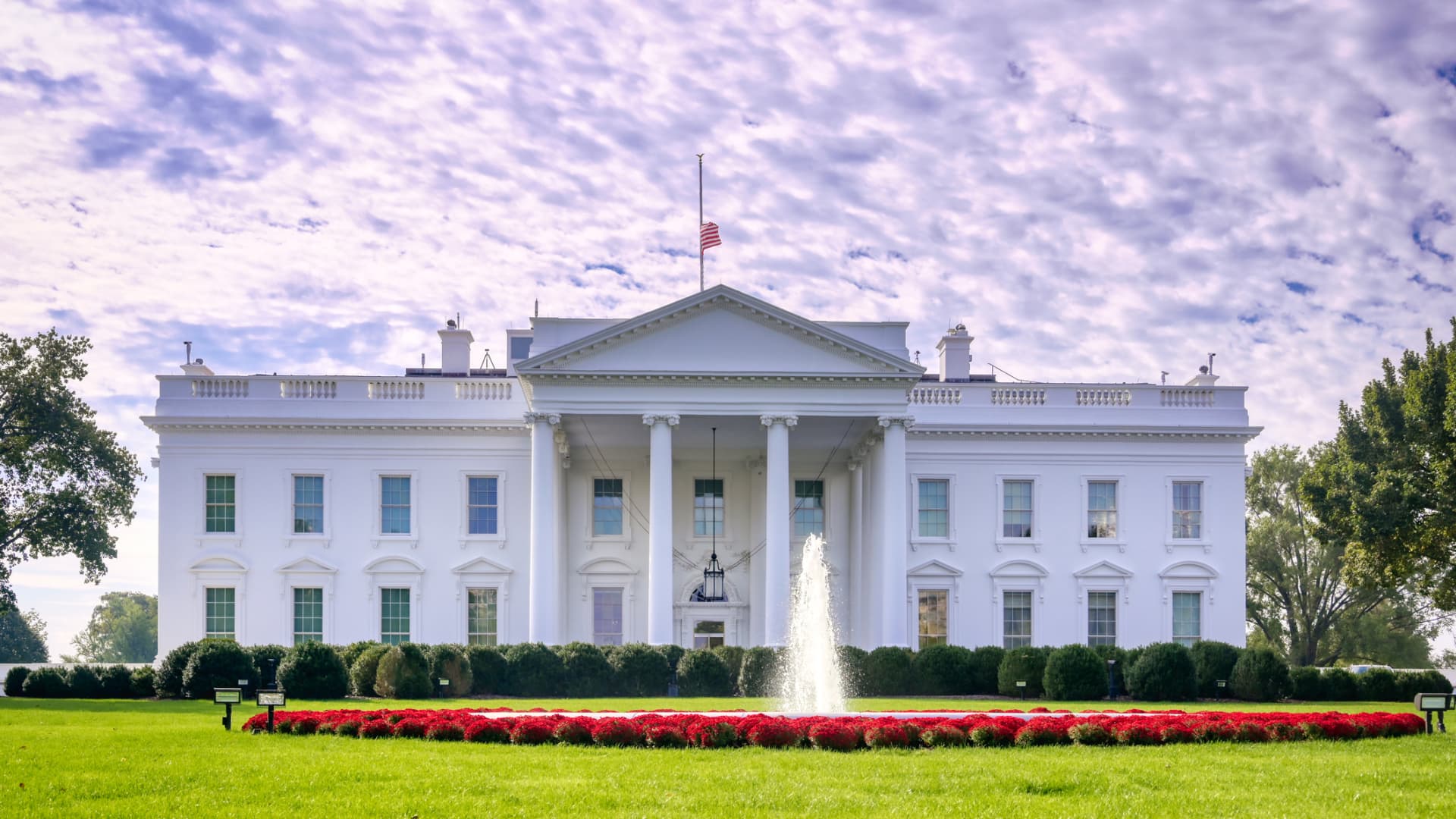Jbyard | Istock | Getty Images
For millions of Americans, learning on Wednesday that the Biden administration plans to move ahead with sweeping student loan forgiveness likely sparked feelings of relief — followed by a lot of questions.
The government has already made a surprising number of answers available, though time will tell how smoothly the cancelation unfolds between the U.S. Department of Education, its loan servicers and millions of borrowers.
For now, here’s what we know.
Am I eligible for the relief?
Eligible borrowers for Biden’s student loan forgiveness are generally individuals who make less than $125,000 per year, or married couples or heads of households earning less than $250,000.
Which loans qualify?
How much debt could I get forgiven?
Borrowers can get as much as $20,000 forgiven if they received a Pell Grant. Those who didn’t may be eligible for up to $10,000 in relief.
What if I owe less than is being forgiven?
Do I have to do anything to get the cancellation?
The U.S. Department of Education says it will launch an application in which borrowers can input their income data and request the loan forgiveness.
The department says the application will be available before the end of the year, and that borrowers can sign up on its websites for updates about the process.
The department also said it already has the income data for nearly 8 million borrowers. These people may get automatic cancellation.
Will the loan forgiveness trigger taxes?
Student loan forgiveness won’t trigger a federal tax bill.
That’s because the American Rescue Plan of 2021 made student loan forgiveness tax-free through 2025 — and the law covers Biden’s forgiveness too, according to a fact sheet from the White House.
You may, however, still be on the hook for state levies, said higher education expert Mark Kantrowitz.
Some states automatically conform to federal rules, but others may count the forgiven balance as income, meaning it’s still possible you’ll have a bill. The amount “may be the equivalent of a few student loan payments,” Kantrowitz said.
If you’re unsure, contact a local tax professional for an estimate before filing your state tax return.
What’s going on with the payment pause?
In addition to Biden’s announcement on student loan forgiveness, he said he’d extend the payment pause on federal student loans until Dec. 31. Payments will resume in January 2023.
It’s the seventh extension of the pandemic-era relief policy started under the Trump administration, and likely will be the final one.

